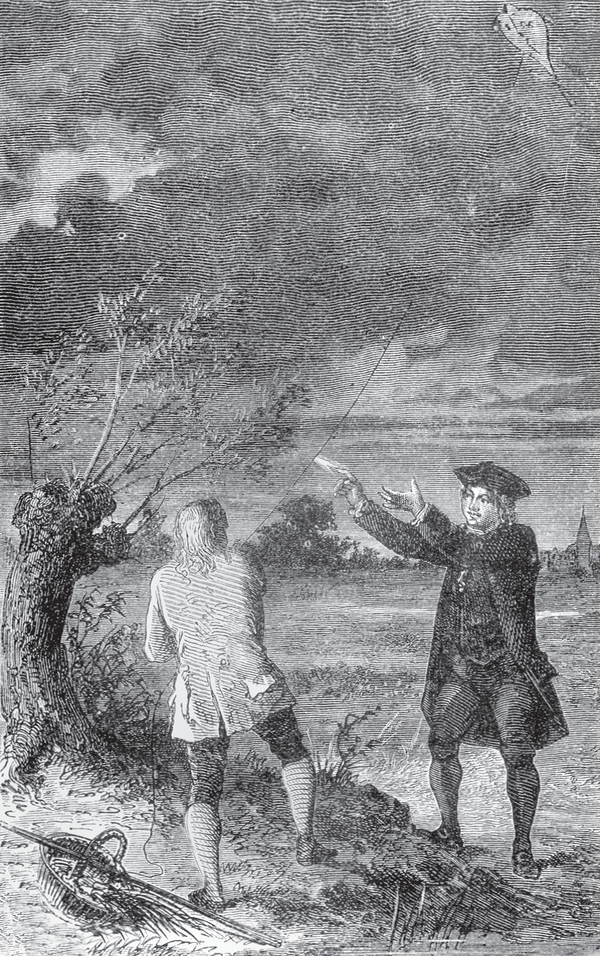Humans have been making (and breaking) scientific discoveries for centuries. Although many historical discoveries have been proven true in the modern era, there are several scientific theories that have now been debunked. Today, we’re exploring just 5 of the most common misconceptions in science through history!
Humorism

Long before the development of modern medicine, ancient physicians ascribed to a system called humorism, which claimed that the human body was made up of four “humors,” or fluids, which influenced health and disease. The four humors included blood, black bile, yellow bile, and phlegm, which each corresponded to one of the four personality temperaments. The humor system was adopted by physicians across many societies, including Ancient Greece, Rome, and the Islamic empire, and persisted across Western Medicine well into the 18th century (for example, bloodletting to cure disease was based on the humors). As scientific research and medical knowledge expanded, the theory gradually gave way during the 19th century to modern medicine.
Geocentric Model
One of the most well-known scientific myths, the geocentric model purported that the universe (including the Sun, stars, Moon, and other planets) revolved around Earth. The model dates back to ancient societies, and was supported by great philosophers like Aristotle and Ptolemy. The theory, bolstered by the casual observance that the Sun seemed to revolve around the Earth during the day, persisted despite the existence of the heliocentric theory (of planets revolving around the Sun). Its persistence was largely due to the support of religious sects. However, by the 16th century, many scientists began to accept and spread the heliocentric theory made popular by Copernicus.
Discovery of Electricity

While many small children in America have been taught that the discovery of electricity came from an ill-advised kite flown by Benjamin Franklin in a thunderstorm, electricity with actually a well-known phenomenon by the time Franklin began his own studies. The concept of electricity was first observed in Ancient Egyptian texts, where electric fish were common. However, by 1600, scientist William Gilbert had produce De Magnete, the first study of electricity and magnetism, and which gave electricity its common name. While Franklin may not have discovered electricity, he did produce some of the most prolific work on its study, and coined many of the terms we associate with it today, such as battery, positive and negative charge, and conductor.
Alchemy
Before modern chemistry, many medieval scientists believed in the practice of alchemy, a pseudoscience that attempted to transform matter into other materials. First practiced in Greco-Roman Egypt, the main goal of most alchemists’ was to turn base metals like lead or iron into a precious metal, particularly gold. Alchemists also were concerned with discovering or inventing an elixir of immortality. The practice flourished for hundreds of years, and spread from Africa out to Asia and Europe. Although the science never achieved its lofty goals, and died out during the scientific revolution of the 1700s, it has since been credited as the beginnings of the scientific method and modern experimentation.
Flat Earth

Like the geocentric model, the theory of a flat Earth dates back to antiquity, when many ancient cultures believed the Earth’s shape resembled that of a flat disk. Many of these early beliefs had their root in creation myths – for example, one Homeric account from Ancient Greece said that the earth was a disk floating on the ocean of Okeanos, a mystic being that created both the world and the gods. However, by the 5th century BCE, many philosophers had begun to gather empirical evidence that the world was instead a sphere, and the belief had largely died out in the Western world by the second century BCE. Despite these centuries of evidence, today there are still many who subscribe to the “Flat Earth Society,” claiming the world is in fact on a flat plane.

